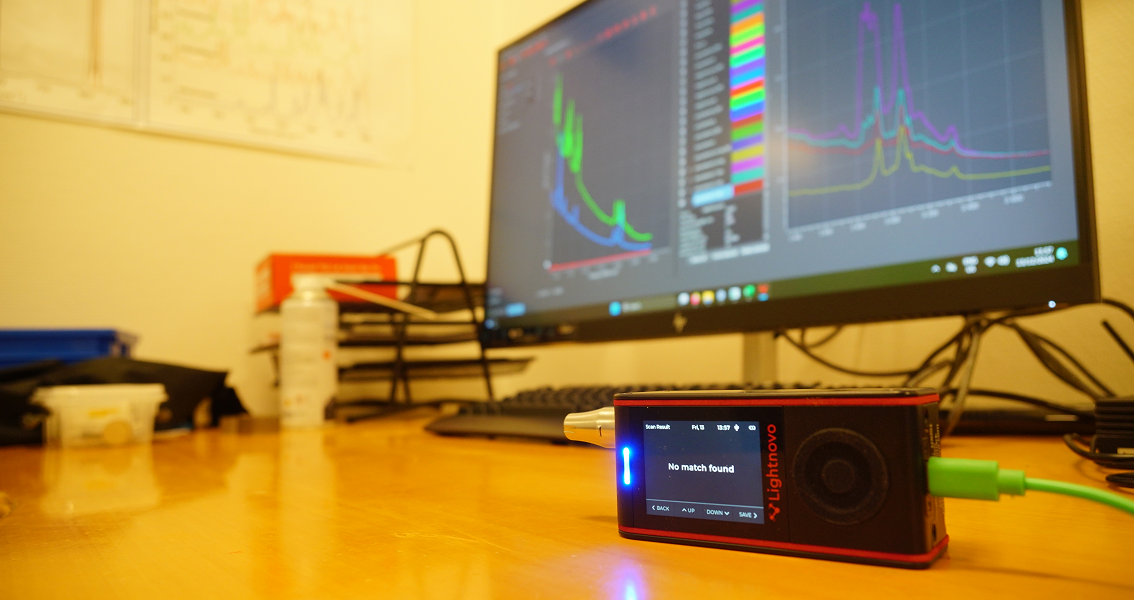Technical Notes Technical Notes Technical Notes

miniRaman 785 nm Spectrometer – Signal-to-Noise Ratio Determination
This technical note details the methodology and results of measuring the miniRaman’s SNR using a polystyrene reference sample under optimized experimental conditions. The study demonstrates an outstanding SNR of 1256:1, confirming the miniRaman’s ability to deliver high-quality Raman spectra comparable to traditional benchtop systems — all within a compact, portable design.TeN - 003

Spectral Resolution Measurement According to ASTM E2529-06 (Calcite)
Lightnovo’s miniRaman 785 nm spectrometer delivers high spectral resolution of 6.53 cm⁻¹, measured using ASTM E2529-06 with calcite.TeN - 001

Lightnovo miniRaman spectrometer: Optimal profile for fitting of Raman peaks
This technical note highlights the best peak fitting methods for Raman spectroscopy using Lightnovo’s miniRaman 785 nm spectrometer—boosting accuracy in material and chemical analysis.TeN - 002
Sign up for our newsletter
By clicking Sign Up you're confirming that you agree with our Privicy Policy.